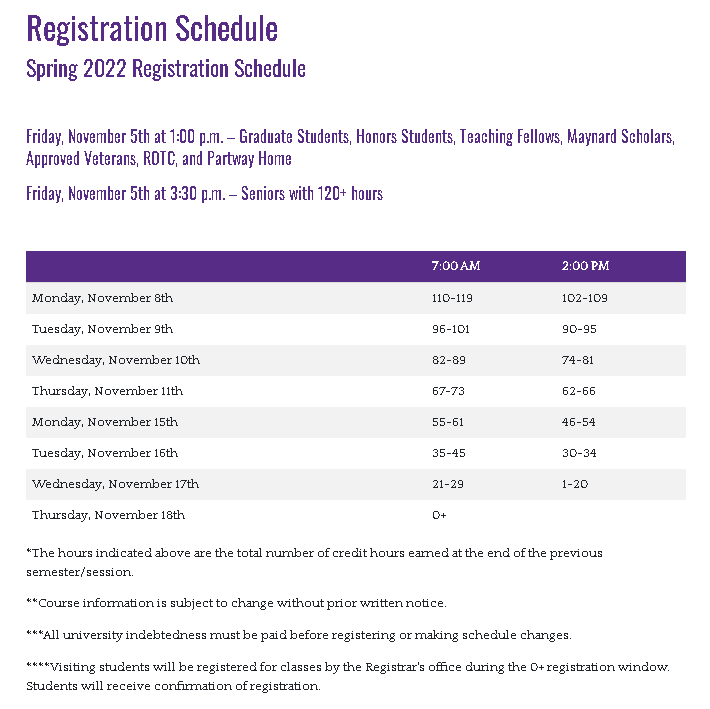Dr. Samantha Mosier published an article Sustainability and Climate Change with co-author Megan Ruxton titled, “Trust Issues: US Public Preferences for Entities to Protect the Environment.” The article focuses on a broad assessment of environmental institutional trust in the United States and identifies a set of demographic influences on trust including education level and race as robust explanatory factors.
Abstract: “Using an industry survey data source, this study evaluates which institutions and entities are considered by the United States population to be more trustworthy to protect the environment. The results indicate there is not a singular institution or entity that is overwhelmingly trusted by the public to protect the environment. Indeed, a significant portion of the population trusts no one to protect the environment. Level of education and race are the most consistent explanatory factors for what influences trust. Additionally, generation, partisan affiliation, and regional location also provide keen insights for variation in trust levels. The findings suggest a lack of trust among the American population that should be alarming for developing robust responses to environmental problems.”


